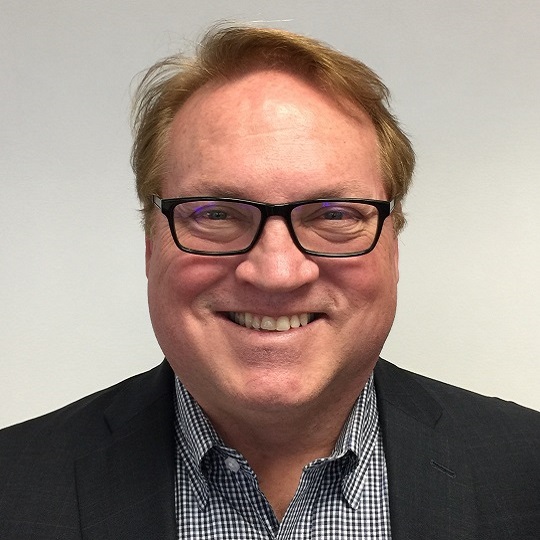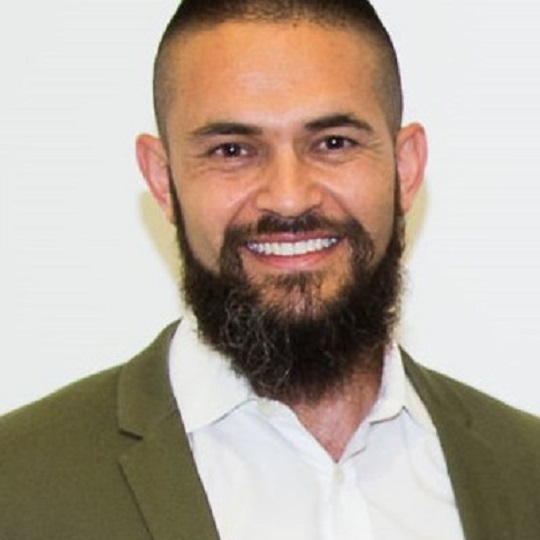Think of it as business speed-dating: A trade mission brings together suppliers and potential customers in one place for a few days of intensive meet-and-greets and matchmaking. Generally organized by governments, in conjunction with trade groups, trade missions allow a lot of business to be done in a short period. In just three days, one attendee at the second Canadian LGBTQ2+ Trade Mission to the United States in Tampa, Fla., this month came away with seven times the leads he’d usually generate in a week.
Organized by Canada’s LGBT+ Chamber of Commerce (CGLCC), in collaboration with Export Development Canada (EDC) and Global Affairs Canada (GAC), this particular mission was open to all Canadian LGBTQ2+-owned businesses certified by the CGLCC and looking to grow their businesses in the U.S. The event took place in conjunction with the 2019 National LGBT Chamber of Commerce (NGLCC) International Business and Leadership Conference, the biggest LGBT event on the planet. NGLCC is the U.S.-based equivalent to CGLCC.
We spoke with two Canadian entrepreneurs who attended the event: Tony Abrahams, CEO of Ai-Media, and Peter Hawkins, managing director of MELLOHAWK Logistics Inc, about the importance of trade missions and the benefits that offer exporters.


Peter Hawkins, left, and Tony Abrahams, right, attended a recent trade mission in Florida.
Founded in 2003, Ai-Media provides captioning, transcription, translation, audio descriptions and speech analytics to companies around the world. MELLOHAWK Logistics is an international freight forwarder that provides cost-effective supply-chain solutions for products across the globe.
Hawkins: A trade mission is organized business meetings in a new country with the support of the government, government agencies and the delegates who go on it. It’s people testing the market if they’re going for the first time and if they’re going for the second time, they’re building those relationships and taking advantage of the government clout.
Abrahams: I went last year as well. The first one was excellent and this one was exceptional. The degree of co-ordination and camaraderie among the entire trade mission was something I’d never experienced before. Having the Canadian government work with the CGLCC to facilitate a really collegiate group of Canadian businesses seeking to expand their opportunities in the U.S. was amazing. We had the mayor of Tampa come to the Canadian government reception and the speeches that were given by the consul general, mayor and CGLCC really highlighted the ways in which the Canadian government is committed to creating opportunities for diverse suppliers.
The degree of planning, energy and care was surprising. Everybody was helping everybody else. We had regular morning and afternoon debriefs, so we could follow up on informal opportunities where someone might have met someone relevant to another member of the Canadian team. There was a lot of time spent making sure everyone understood what everyone else’s business was, and who their target customers were. I think everybody got more referrals from other people in the trade mission putting two and two together than we did through the formal NGLCC matchmaking process.

Hawkins: The trade mission allows you to gain better market intelligence to expand your markets. For me, it’s about diversification. I can’t have all my eggs in one basket. I had many companies come to me that I didn’t have on my list. I had never talked to a telecom before because I didn’t consider that they bought logistics services, but it turns out they do. They’re actually moving infrastructure—heavy piping and parts for towers. They were interested in us because they have a supplier-diversity requirement and they’re looking to check that box.
Abrahams: It’s super efficient. In the one place in one week, you can meet a whole bunch of potential customers who are looking to do business with diverse suppliers. They know you’ve already got the blessing of the Canadian government and that goes a long way. The hardest thing when you’re trying to win new customers is that first step. Here, the red carpet is basically rolled out for that. You can get down to business very quickly.
Abrahams: We finished the week with 35 warm leads. We would normally be happy with five in an average week, so that’s seven weeks’ worth of business in three days.
Peter: We had 38 or 39 that will turn into something and I’ll be sending out about 45 follow-ups. The year before, I think I had about 12. I have a criticism of Canadians who export: We’re bad boyfriends. We have a great time, we show you a great time, and then we don’t call. The follow-up is key. We’ve opened an office in Miami and that made us more attractive this time. I think I hit everyone I could do something with. It was a very successful trade mission and a very successful giant sales call. Last year, I watched a guy who could really work a room and this year, I followed his example. It worked.
Abrahams: I think it’s a very effective way to support Canadian exporters. It really helps builds community, capability and resilience with the Canadian small- to medium-size enterprises (SMEs). And it works. The support of officials really does reinforce our case. It gives us credibility. We are really blessed to have this opportunity and support.

Hawkins: Usually a trade mission is a bunch of disparate companies travelling together and perhaps sharing a matchmaking space. But at this one, it’s more than that. We really help each other. Every delegate there is another delegate on behalf of your company. There’s also a directory that gets produced and it has a great profile of every delegate’s company. I got a lot of my leads because another delegate introduced me as did the folks from EDC. The support of officials is unique.
Abrahams: I think there’s definitely an element that we have each other’s backs—a kind of keep fighting the good fight feeling. There’s a lot of informal mentoring and support and sharing that goes on on the sidelines and at the dinners, which is hugely valuable. The biggest benefit is the community that this is helping to build. Half the people I met last year were there this year as well and we’re friends and we finished the week with more friends. For businesses all across Canada—for people from all parts of the LGBT rainbow—it was really supportive and I think what it does is it gives newer entrepreneurs a real sense of confidence to keep going. There were also tips and tricks about how to pitch and what to do when you hit obstacles. It was really brilliant to see.

Abrahams: Yes. I started this business 15 years ago in Australia because I didn’t feel comfortable being LGBT in the corporate environment where I was. I didn’t know the business was going to succeed, but I gave it a shot and it did. I’ve never felt impeded running my own business, but I have working in other people’s businesses.
Hawkins: Sure, but at this trade mission, everyone has the same agenda. There are people who have (diversity) requirements to fill, though they’re also doing it because it’s right, not just because of their rules. One guy I met, I could see that he was uncomfortable with me, but my philosophy is to always be welcoming because ultimately, we’re talking about business. I wanted him to see that business can be done with anyone. At one point, he showed me a pic of his facility on his phone. I saw a MAGA hat. I asked him if it was his. I told him about a company that takes out the white thread and retypes “Welcome to Canada.” We ended up having a very good conversation and he’s someone I’m following up with.
Abrahams: There probably are to some parts of the world. But this mission was in the U.S. and I think things there have turned around pretty quickly in recent years. It’s a good chance for us to seize this opportunity that might not have been there even five years ago.
Hawkins: Sure. You have whole countries who don’t want to do business with you. We’re gay-owned and people have known that for years, but they don’t want to know anything about it. I try to do a charm offensive, but I still refer to my husband as my husband. I’ve lost people in complicated markets, but I’ve found others. Sometimes, I’ve had conversations with people to find out what the issue is and that’s given me some tools to show others that we might be different from you, but we can still do business. That’s all I want to achieve. I have a long-time client, maybe for the past 15 years, and she belongs to a small fundamentalist order in Brazil. We have different views, but we now have a good relationship I do business with her every week; I pick her up at the airport when she comes to Canada and I’m happy to make her feel welcome.







